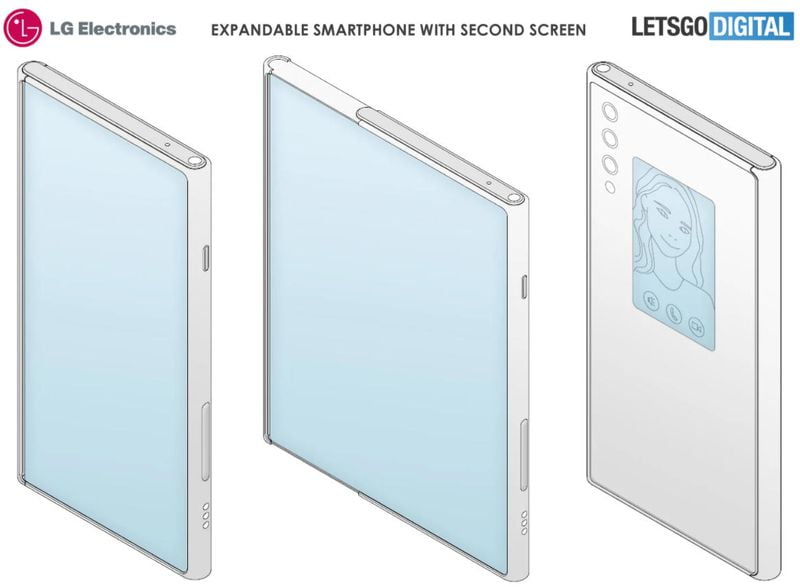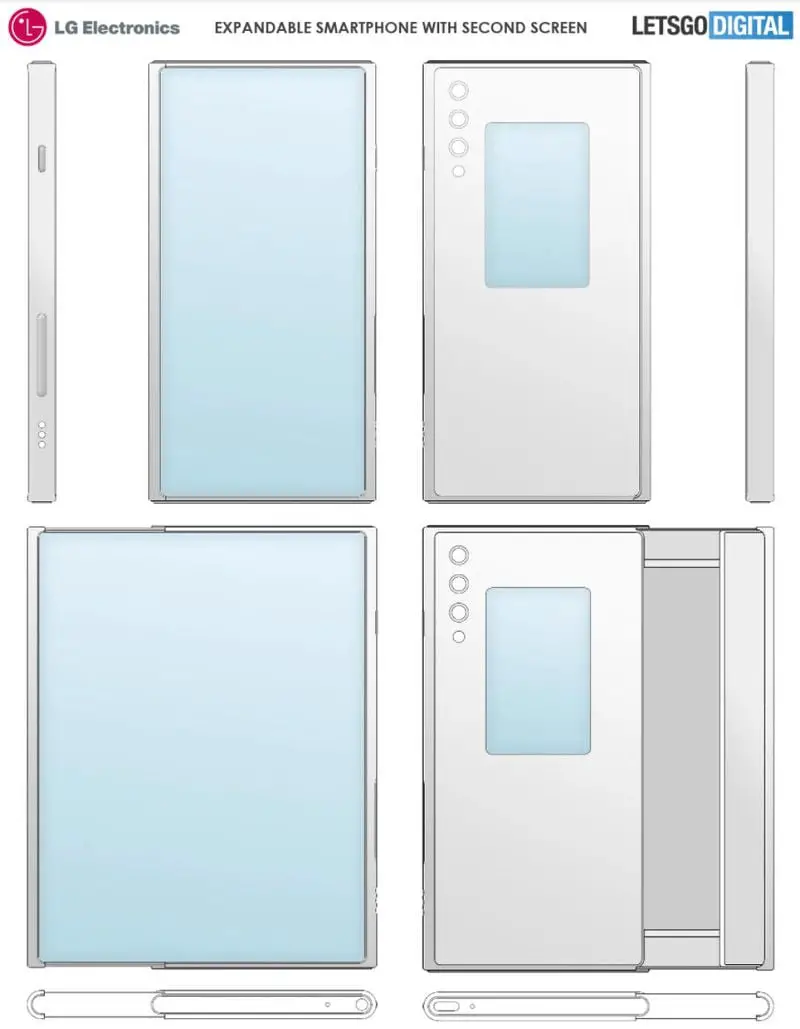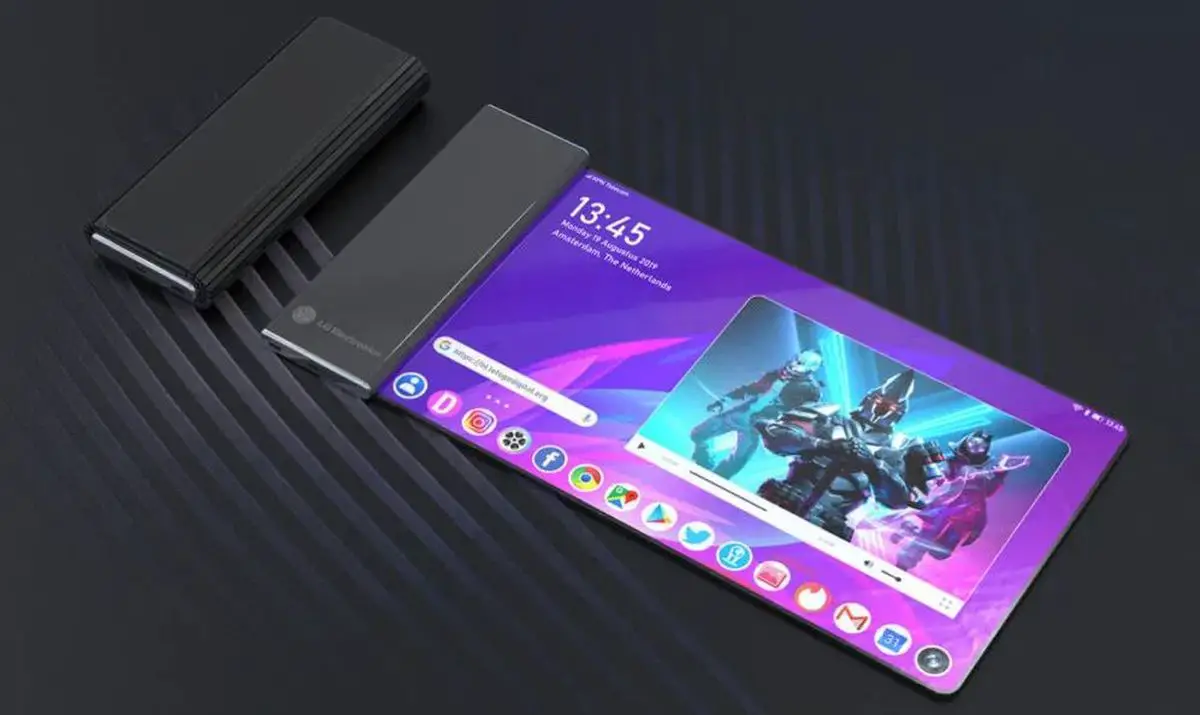LG Rollable boasts one of the most interesting designs in the new generation of smartphones. If manufacturers like Samsung fold the flexible screen into a book-like format, LG opts for a rollable screen to shorten/expand the flexible display.
Pressured by the pricing of Chinese firms, LG is one of the most undervalued companies in the mobile industry. Few companies can boast that they have challenged the way we use a smartphone by offering form factors other than the general, boring, one thousand of the same designs. The latest example is the LG WING.
LG Rollable is the ‘toughest yet’ in the new generation of smartphones. A few months ago we gave you a preview of its main features, which of course includes its screen. A flexible OLED that is stored rolled up on one side so that the user can take it out when he needs to expand it and reach 7.4 inches diagonal, practically a tablet.
The resolutions will differ depending on the activity. Standard 2428 × 1080 pixels (20: 9), with a video mode with 2428 × 1366 pixels (16: 9) and a productivity mode of 2428 × 1600 pixels (3: 2). Its chipset would be Qualcomm’s novel Snapdragon 888, accompanied by a huge amount of RAM to go with it: 16GB. The device would have a 4,200mAh battery, a reasonable capacity considering its design.
A patent published on February 12 at the CNIPA (China National Intellectual Property Administration) puts us on the track of an interesting component in this type of foldable smartphone. A small secondary display on the back that would be used for typical Android “always-on” functions for notifications, clock, weather, calls, or others, without having to use the main screen.

The design patent also reveals that LG will include the keypad, speakers, and microphones on the left edge of the phone, presumably to free up space inside the device for the roll-up screen. The patent shows a narrow thickness and a rollable screen whose size can increase by about 40% when the phone is opened, confirming that it can also be used as a tablet.

For a ‘smooth’ sliding process, LG is using a rail system that would be visible in the extended position. On the back of the device, next to the secondary display, a triple sensor camera setup can be seen.





